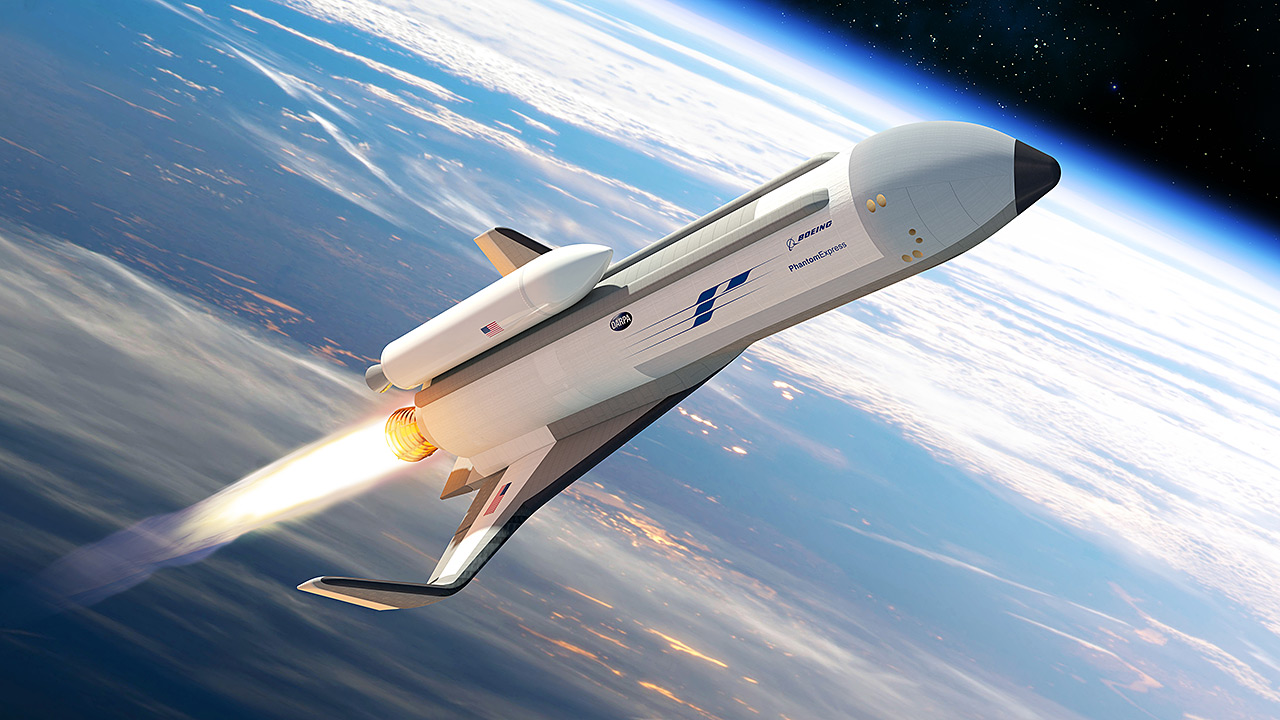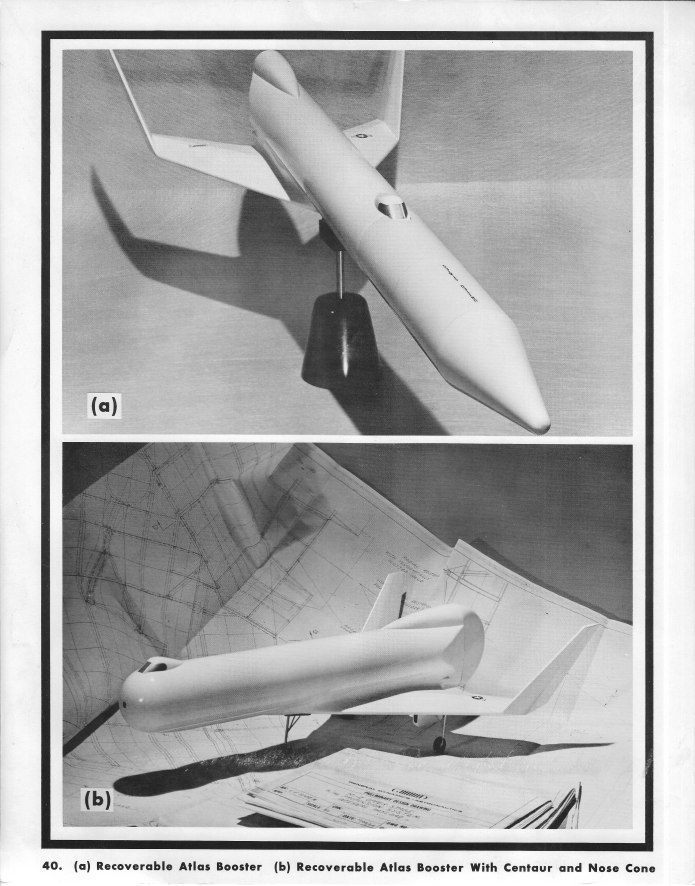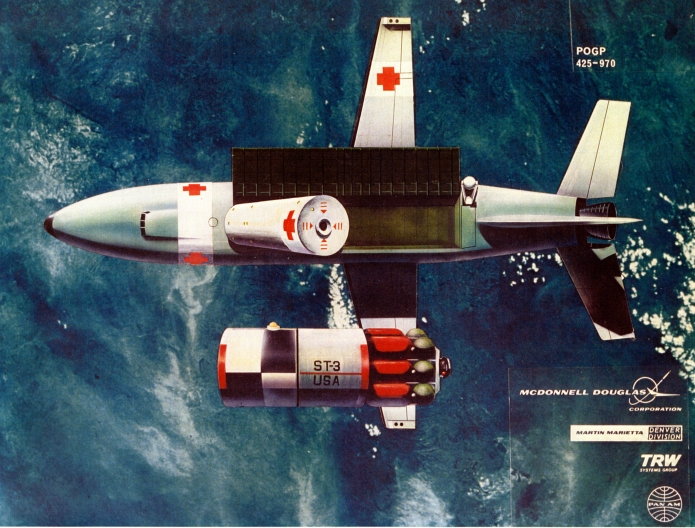Trump is going on about wanting to put a 25% tariff on foreign steel. This can be immediately seen to be a bad, and potentially economically tragic, idea, since everyone else in the world will naturally respond with tariffs of their own, which the increased cost of foreign steel will drive up the costs of domestically produced products, while exports will decline.
It’s therefore probably a good idea to understand just why the US steel industry might need bolstering. After all, within living memory the US steel industry was the envy of the world. Important figures in Axis powers knew that tangling with the US was not a good idea due to our industrial capability. After WWII, if it was made of steel, it was probably made of *American* steel. So what the frell happened?
via Transterrestrial Musings
Short form: prior to WWII, the US competed with Europe and Japan to crank out the worlds steel. After WWII… not so much. The steel manufacturing capabilities of Europe and Japan had been reduced to smoking rubble, while US facilities were still roaring along. So the US kept on using what we had. This of course makes sense… replacing functional facilities with other facilities when you have no competition and your current facilities work just fine… that;s silly.
But thre was a problem: the US facilities were based on old, and soon to be obsolete, technologies and techniques. There were cheaper ways to make better steel. So when the Europeans started rebuilding their own steel manufacturing infrastructure, they wisely started not with the old ideas, but the new ones. Their new plants were better than the American ones, right out of the gate.
Had the US steel manufacturers upgraded, they could have kept up being economically competitive. But they didn’t. They kept using the same old facilities, right up until the Europeans stole the market away from them. Then the US steel manufacturers started screaming for protectionism from the government. Rather than evolving, they demanded protection from the natural environment.
This is not a unique occurrence. World War II trashed pretty much *every* bit of infrastructure in Europe, and so post-war they got to start from scratch. And as a result they got to change things up, often resulting in better systems. The same sort of thing happens from time to time with biology… Europe was a cultural wasteland, a hidebound mess of serfs and Church and aristocracy until the Black Death came along and pushed over all the walls and people rebuilt into a better world.
And it cane be seen today, within the US: look to space launch. SpaceX started from scratch, about half a decade ago, working on the BFR heavy lifter. It may well fly in just a few years, for perhaps a few billion in total development cost. At the same time, NASA’s SLS started a decade and a half ago and has spent enough already to run a good sized war, and with luck it’ll fly at about the same time as BFR, at a far higher per-flight cost, using old, Old, OLD technologies (the safe and arms used on the SLS boosters are likely the same used on the Shuttle boosters, and those were the same as those used on the Minuteman I ICBMS from the early 1960’s). BFR looks to be better in every respect because BFR is the result of competitive thinking; SLS is the result of Intelligent Design.
So what’s the best way for the FedGuv to help the American steel industry? I can think of a few ideas:
1: Get the Europeans to blow themselves up again. Exactly how to do that, I leave as an exercise for the student.
2: Start a few government programs to build a lot of stuff that requires a lot of steel. Interstate infrastructure – especially bridges – would seem a good choice… it needs doing *and* it’s actually within the Constitutional purview of the FedGuv. Also: a few hundred Ohio-class-replacement boomer subs, a few dozen new supercarriers, a few hundred small, fast carriers, a few thousand 4,000 to 10,000 ton Orion spacecraft, But her’s the thing: put a provision in there that the only steel to be used is American steel produced by top of the line steel production facilities (say, they have to use XYZ production method, or something demonstratably better). You want part of that ten trillion dollar, thirty year program? Then build a new foundry. You’ll not only make bank off Uncle Sam, but when your done you’ll have a competitive production capability.













